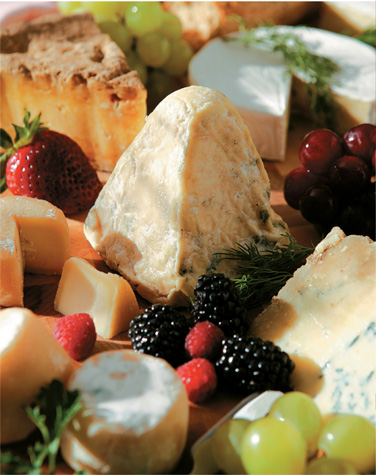
MAKING artisan CHEESE
50 FINE CHEESES THAT YOU CAN MAKE
IN YOUR OWN KITCHEN
TIM SMITH
BEVERLY MASSACHUSETTS
Q U A R R Y
B O O K S
To my patient wife Sharon, my joyful
daughter Raya, and all of the friends and
family who gave me support and
encouragement throughout this project.
A special thanks goes out to my
photographer, Allan Penna man who
possesses a keen eye and a wicked
sense of humor.
CONTENTS
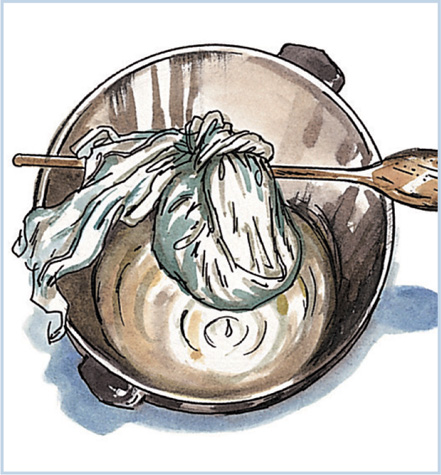
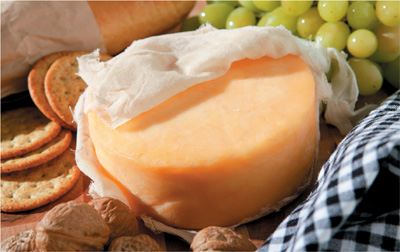
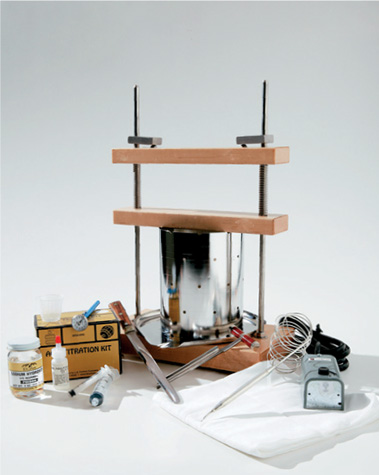
Washed-Curd Cheeses
Cooked Cheeses
Pasta Filata
Whey Cheeses
Advanced Recipes
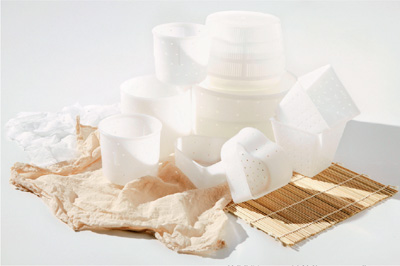
INTRODUCTION
If you were to ask me when I received my college diploma what I would choose as a career, cheese would certainly have not been the answer. Like the vast majority of Americans, I had a limited exposure, at best, to cheese. Growing up, cheese consisted of American cheese, Parmesan in a green shaker, Cheese Wiz (sad but true), cream cheese, and an occasional assortment of Gouda chunks. Suffice it to say that appreciating cheese, let alone making it, were not activities I was familiar with. I fell into the discovery of this wondrous food by happy accident.
In the early 1990s, I was a substitute teacher of high school history in Boston, earning fifty dollars per day. Seeing that this was not enough to live on, I started working for the natural food retailer Bread & Circus, which was purchased by Whole Foods in the mid-1990s. I eventually managed the cheese department in one of the stores, and it was there that my transformation began.
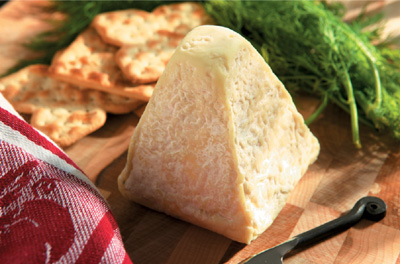
It is possible that one taste of the complex, hauntingly tangy flavor of the goat cheese called chvre could convert a cheese neophyte into an aficionado.
In short, I discovered that to learn to truly understand cheese was the perfect venue for a liberal arts major.
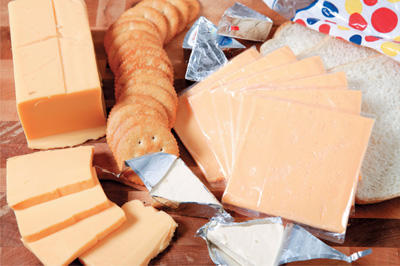
Those processed, soft cheeses fondly remembered from childhood, such as American cheese, Velveeta, and La Vache qui Rit (Laughing Cow), are sometimes the guilty pleasures of adults as well.
Although I wish I could say that all it took was one bite of a goat chvre for me to be converted into a cheese fanatic, it was a gradual process. As I ate and read about seemingly strange and unique cheeses, I became hooked. If it wasnt the flavor that intrigued me, it was the history behind the cheese. If it wasnt the history, then it was the chemistry involved in making the cheese. If it wasnt the chemistry, then it was the biology behind the type of animal milk used to make the cheese. And if it wasnt the biology, then it was the linguistic history of the name of a particular cheese. In short, I discovered that to learn to truly understand cheese was the perfect venue for a liberal arts major.
Why Make Cheese
With so many cheeses becoming increasingly available to the average consumer, you might find yourself asking the question, Why create cheeses at home? To this I offer three simple answers: quality, savings, and self-satisfaction.
How many times have you purchased a Cheddar from your local supermarket and found the flavor to be less than exciting? Or an imported Gouda that had more flavor in the wax coating than in the cheese itself? Although many exceptional cheeses are imported into this country every week, they are, by far, the minority of what is available to the average person. By making your own cheese, you can create your own special variety or flavor of unbeatable quality.
In terms of savings, making your own cheese has considerable cost advantages. Take something as commonplace as yogurt. When made by the quart at home, your yogurt costs 25 percent less than a quart of store-bought yogurt. Add to that the fact that you can blend as many flavorings into your homemade yogurt as you want, and youll be better off than your local grocer.
Finally, youll find tremendous satisfaction in making your own cheese. In a world where most of us are completely removed from the process of making most foods, making your own cheese will give you a greater understanding of its unique complexities. I assure you that once you have made your own Cheddar, you will never look at store-bought Cheddar the same way ever again.
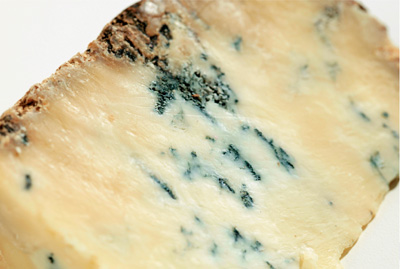
A delectable cheese, such as this homemade blue cheese, can outclass its commercial equivalent in flavor, savings, and personal pride easily.
PART ONE
How Tradition
Influences Modern Cheese
Behind every piece of cheese lies a little bit of earth and sky.
ITALO CALVINO
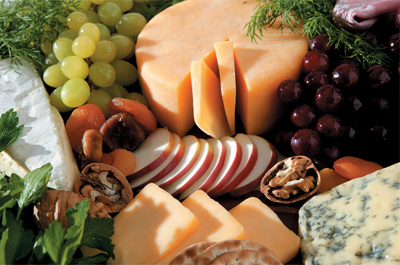
Good cheeses have extraordinary eye appeal. They can be recognized by rich, creamy colors; interesting textures; and distinctive fragrances as well as memorable flavors.
CHAPTER ONE
A Brief History of Cheese Making
Cheese is one of the oldest foods known to humankind. Its origins and history often mirror the cultures, people, technology, and politics of the era during which it evolved. Quite simply, cheese is a reflection of what kind of people we areour taste preferences and the kind of milk available to us for making cheese.
Ancient Origins
Cheese first came into existence about 8,000 years ago, when animals were domesticated. Archeological digs determined that cheese was made from both cows and goats in the Fertile Crescentthe area between the Tigris and Euphrates Rivers in modern-day Iraq. Other evidence includes a Sumerian frieze of milk animals and remnants of a material in the Tomb of Horus-Aha (3000 BC), which on analysis, proved to be cheese. Earthen cheese-making pots were also found in Egypt.
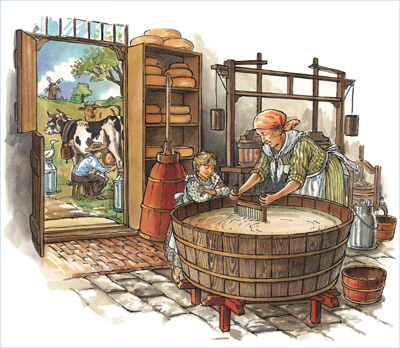
The centuries-old methods of cheese making have influenced how modern cheese looks and tastes, and for the hobbyist, the methods are little changed.
It is safe to assume that cheese went where the Romans went, along with their amphitheaters and aqueducts.
 Artisan Advice
Artisan Advice
Next page

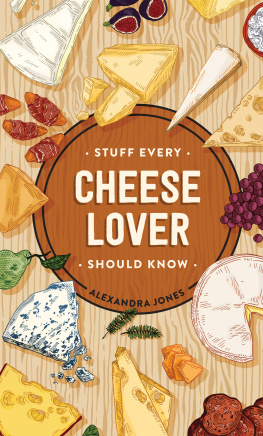
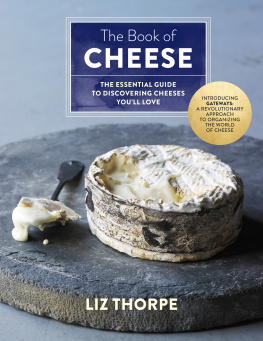
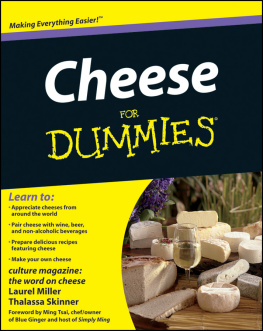
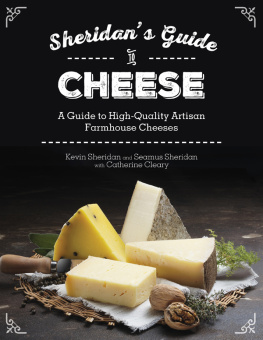

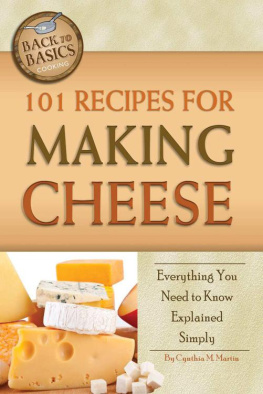
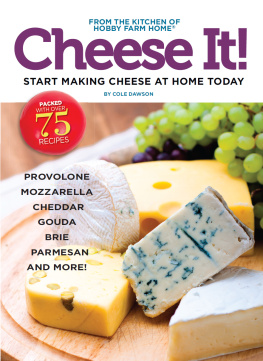










 Artisan Advice
Artisan Advice